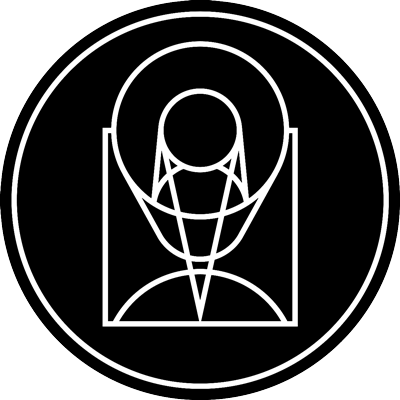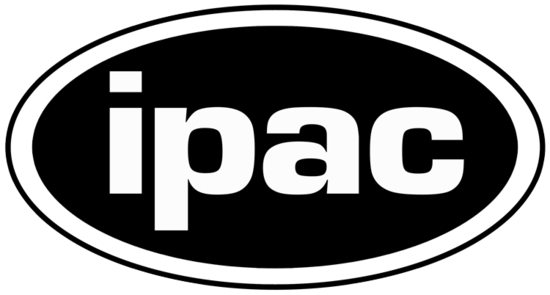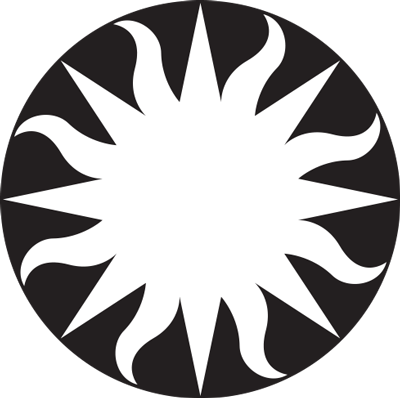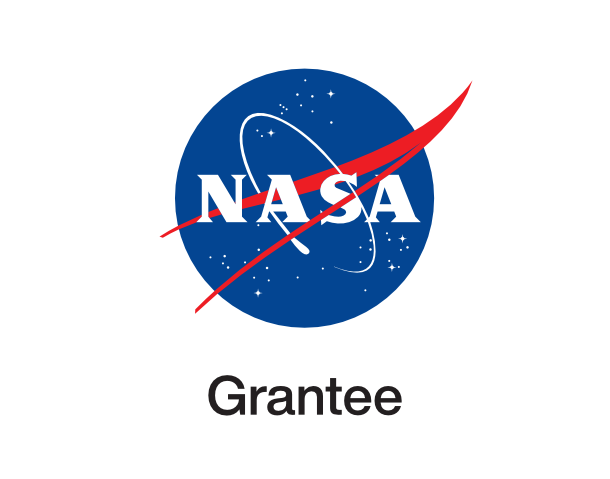Stellar sculptors in NGC 346

esahubble_heic2502a April 4th, 2025
Credit: ESA/Hubble & NASA, A. Nota, P. Massey, E. Sabbi, C. Murray, M. Zamani (ESA/Hubble)
This new image showcases NGC 346, a dazzling young star cluster in the Small Magellanic Cloud. The Small Magellanic Cloud is a satellite galaxy of the Milky Way, located 200 000 light-years away in the constellation Tucana. The Small Magellanic Cloud is less rich in elements heavier than helium — what astronomers call metals — than the Milky Way. This makes conditions in the galaxy similar to what existed in the early universe. Although several images of NGC 346 have been released previously, this view includes new data and is the first to combine Hubble observations made at infrared, optical, and ultraviolet wavelengths into an intricately detailed view of this vibrant star-forming factory. NGC 346 is home to more than 2500 newborn stars. The cluster’s most massive stars, which are many times more massive than our Sun, blaze with an intense blue light in this image. The glowing pink nebula and snakelike dark clouds are the remnant of the birthsite of the stars in the cluster. The inhabitants of this cluster are stellar sculptors, carving out a bubble from the nebula. NGC 346’s hot, massive stars produce intense radiation and fierce stellar winds that pummel the billowing gas of their birthplace and begin to disperse the surrounding nebula. The nebula, named N66, is the brightest example of an H II (pronounced ‘H-two’) region in the Small Magellanic Cloud. H II regions are set aglow by ultraviolet light from hot young stars like those in NGC 346. The presence of the brilliant nebula indicates the young age of the star cluster, as an H II region shines only as long as the stars that power it — a mere few million years for the massive stars pictured here. [Image description: A star cluster within a nebula. The background is filled with thin, pale blue clouds. Parts are thicker and pinker in colour. The cluster is made up of bright blue stars that illuminate the nebula around them. Large arcs of dense dust curve around, before and behind the clustered stars, pressed together by the stars’ radiation. Behind the clouds of the nebula can be seen large numbers of orange stars.]
Provider: Hubble Space Telescope | ESA
Image Source: https://esahubble.org/images/heic2502a/
Curator: ESA/Hubble, Baltimore, MD, United States
Image Use Policy: Creative Commons Attribution 4.0 International License

- ID
- heic2502a
- Subject Category
- Subject Name
- NGC 346
- Credits
- ESA/Hubble & NASA, A. Nota, P. Massey, E. Sabbi, C. Murray, M. Zamani (ESA/Hubble)
- Release Date
- 2025-04-04T10:00:00
- Lightyears
- Redshift
- Reference Url
- https://esahubble.org/images/heic2502a/
- Type
- Observation
- Image Quality
- Distance Notes
- Facility
- Hubble Space Telescope, Hubble Space Telescope, Hubble Space Telescope, Hubble Space Telescope, Hubble Space Telescope
- Instrument
- WFC3, WFC3, ACS, ACS, ACS
- Color Assignment
- Purple, Blue, Green, Red, Red
- Band
- Ultraviolet, Optical, Optical, Optical, Optical
- Bandpass
- UV, g, V, I, N II
- Central Wavelength
- 225, 475, 555, 814, 658
- Start Time
- Integration Time
- Dataset ID
- None, None, None, None, None
- Notes
- Coordinate Frame
- ICRS
- Equinox
- J2000
- Reference Value
- 14.780092130093017, -72.17568030474371
- Reference Dimension
- 5780.0, 5047.0
- Reference Pixel
- 2890.0, 2523.5
- Scale
- -1.1095984223723827e-05, 1.1095984223723827e-05
- Rotation
- 231.34000000000103
- Coordinate System Projection:
- TAN
- Quality
- Full
- FITS Header
- Notes
- Creator (Curator)
- ESA/Hubble
- URL
- https://esahubble.org
- Name
- Telephone
- Address
- ESA Office, Space Telescope Science Institute, 3700 San Martin Dr
- City
- Baltimore
- State/Province
- MD
- Postal Code
- 21218
- Country
- United States
- Rights
- Creative Commons Attribution 4.0 International License
- Publisher
- ESA/Hubble
- Publisher ID
- esahubble
- Resource ID
- heic2502a
- Resource URL
- http://esahubble.org/media/archives/images/original/heic2502a.tif
- Related Resources
- Metadata Date
- 2025-04-10T23:47:51.491089
- Metadata Version
- 1.1
Detailed color mapping information coming soon...















